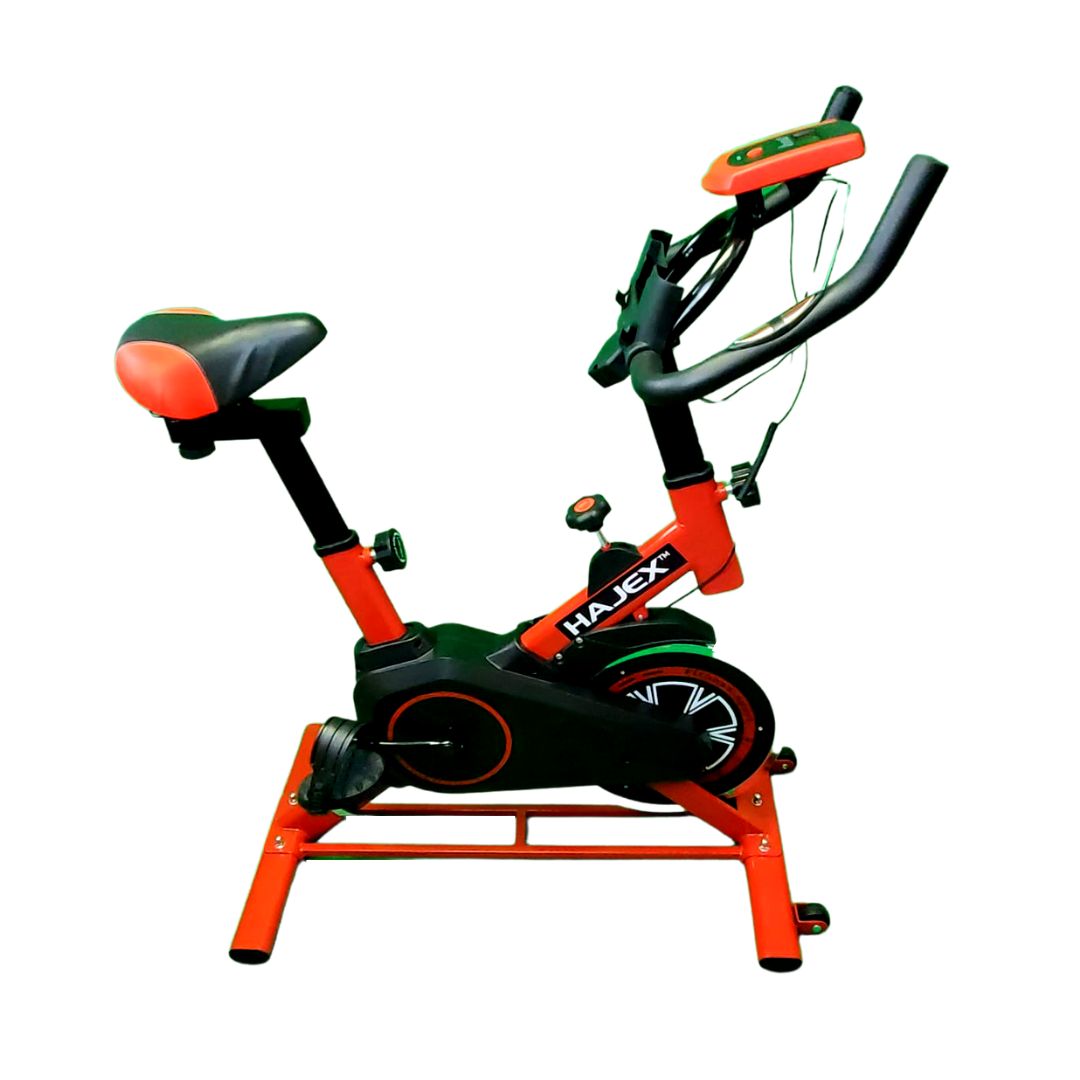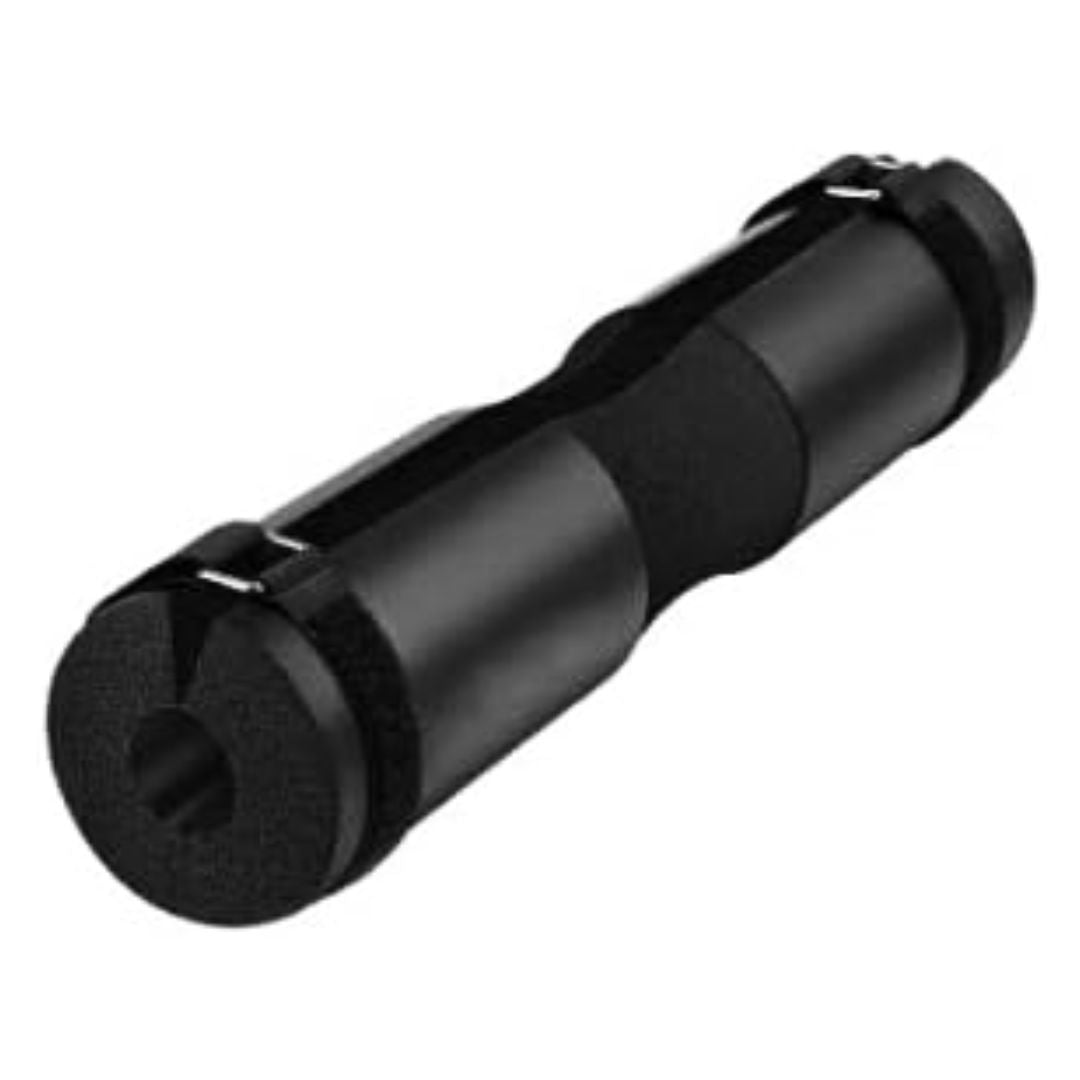Embracing Ability: Fitness Tips for People with Disabilities
Fitness is a journey open to everyone, regardless of their abilities. For people with disabilities, engaging in regular physical activity offers numerous physical, mental, and emotional benefits with the NUO Style Adjustable Dumbbell. It promotes strength, flexibility, and cardiovascular health, while also boosting confidence and overall well-being. In this article, we'll explore some valuable fitness tips and considerations for individuals with disabilities, empowering them to embrace their ability and embark on a fulfilling fitness journey.
Consult with Healthcare Professionals:
Before starting any fitness program, it's essential for individuals with disabilities to consult with their healthcare professionals. They can provide personalized advice and guidance based on the specific disability, medical history, and individual needs.
Choose Appropriate Activities:
The key to successful fitness for people with disabilities to Strength training for your healthy body is to choose activities that match their abilities and interests. Whether it's wheelchair sports, adaptive yoga, swimming, or seated aerobics, finding activities that are enjoyable will make the fitness journey more sustainable.

Find Inclusive Fitness Facilities:
Look for fitness centers that prioritize accessibility and inclusivity. Many gyms that work out with Kettlebells now offer adaptive equipment and trained staff to cater to the needs of individuals with disabilities. These facilities create a supportive environment that fosters confidence and comfort.
Set Realistic Goals:
Setting achievable and realistic fitness goals is crucial. It's essential to start at a comfortable level and gradually progress. Celebrate every milestone, no matter how small, as each step forward is a testament to strength and determination.
Focus on Strength and Flexibility:
Strength and flexibility are vital aspects of fitness for individuals with disabilities. Strengthening exercises help improve overall functional abilities, while flexibility exercises enhance the range of motion and reduce the risk of injuries.
Incorporate Balance and Stability Training:
For individuals with mobility challenges, Transform Your Home with Gym Equipment for Aerobics training balance and stability training are valuable components of their fitness routine. Simple exercises like standing on one leg or using stability balls can significantly improve balance and coordination.

Embrace Adaptive Equipment:
Adaptive equipment plays a crucial role in enabling people with disabilities to participate in various activities. From hand pedals for cycling to resistance bands for strength training, these tools adapt exercises to suit individual needs.
Seek Support and Socialize:
Joining fitness classes or groups specifically designed for people with disabilities can offer a sense of camaraderie and support. Being part of a community of like-minded individuals can provide motivation and encouragement with Workout Bench with Weights, Barbells & Dumbbells throughout the fitness journey.
Listen to the Body:
It's important for individuals with disabilities to listen to their bodies and recognize their limits. Rest and recovery are just as essential as the workout itself. Overexertion can lead to injury, so it's crucial to find a balance that works for each individual.
Stay Positive and Persistent:
Embarking on a fitness journey with a disability may present challenges, but maintaining a positive mindset and staying persistent can lead to incredible achievements. Every step forward, no matter how small, is a step toward better health and improved quality of life.

Summary
In conclusion, fitness with the HAJEX Push Up Stand knows no bounds. People with disabilities have the power to embrace their abilities and enjoy the numerous benefits of a regular fitness routine. With the right approach, adaptive equipment, and a supportive community, they can embark on a fulfilling fitness journey, empowering them to lead a life of strength, health, and positivity.
 WEIGHT PLATES
WEIGHT PLATES
 Cast Iron Olympic Plates
Cast Iron Olympic Plates
 Olympic Rubber Weight Plates
Olympic Rubber Weight Plates
 PVC Weight Plates
PVC Weight Plates
 DUMBBELLS
DUMBBELLS
 Rubber Hex Dumbbells
Rubber Hex Dumbbells
 Cast Iron Adjustable Dumbbells
Cast Iron Adjustable Dumbbells
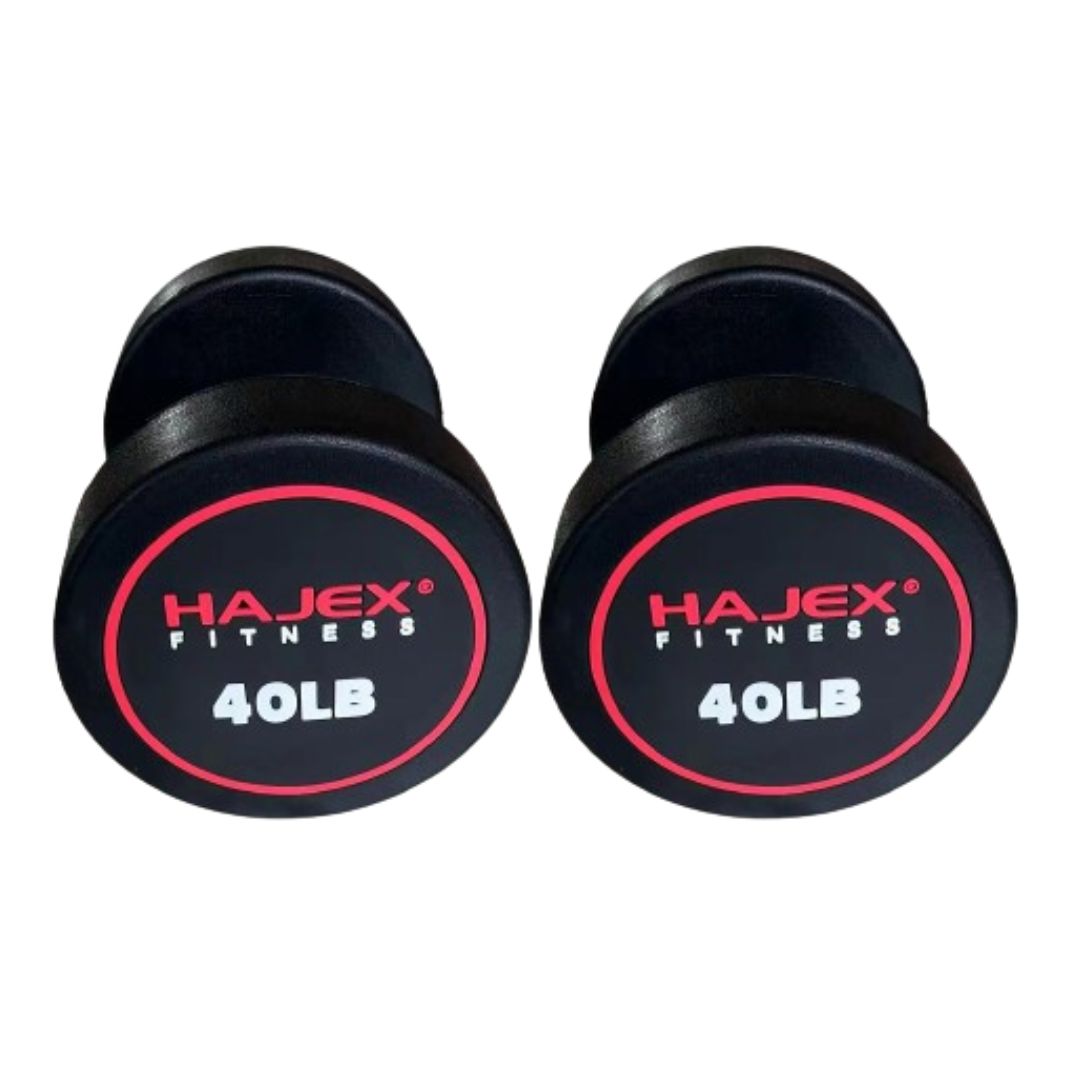 Round Head Dumbbells
Round Head Dumbbells
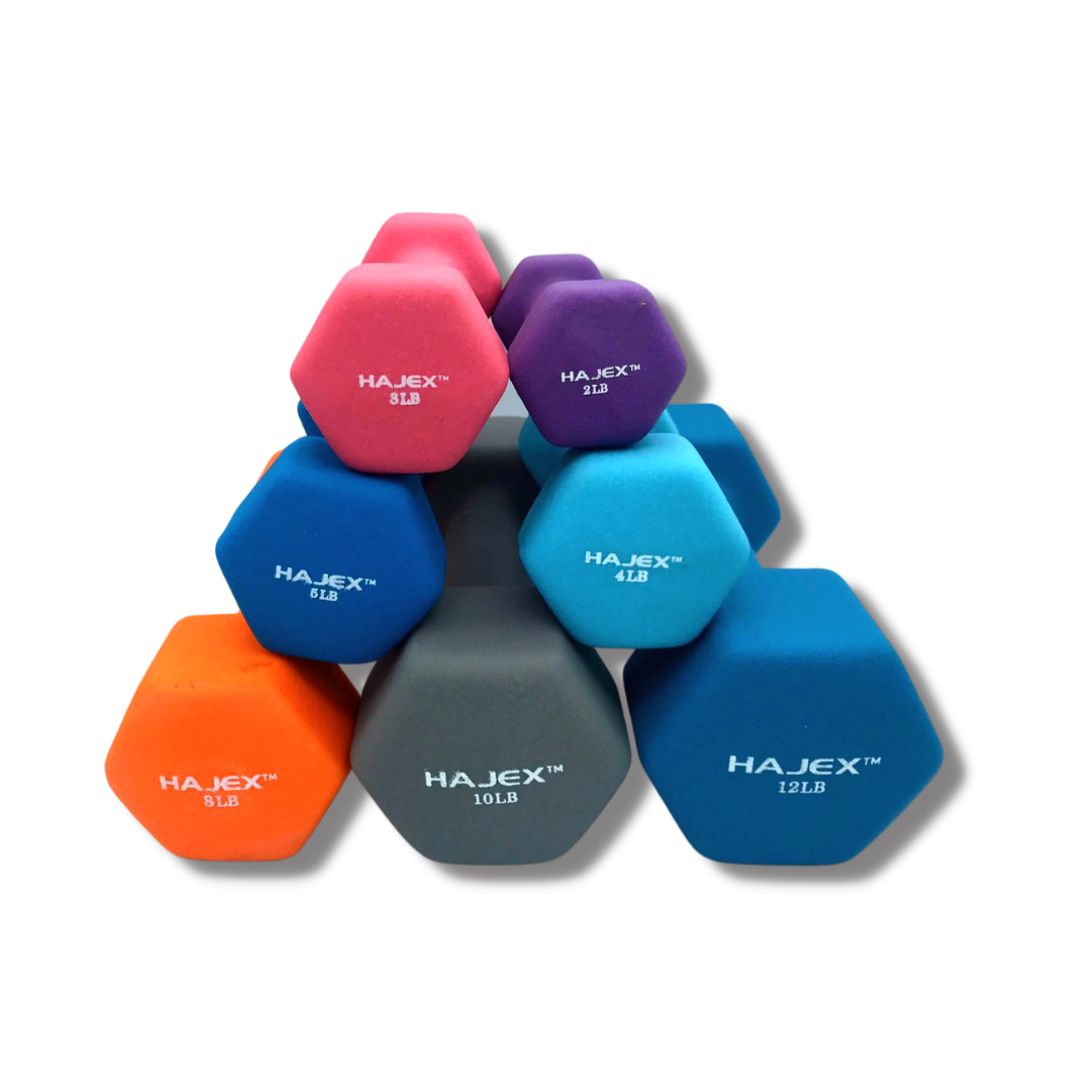 Neoprene Dumbbells
Neoprene Dumbbells
 BENCHES
BENCHES
 Adjustable Workout Bench A
Adjustable Workout Bench A
 CARDIO
CARDIO
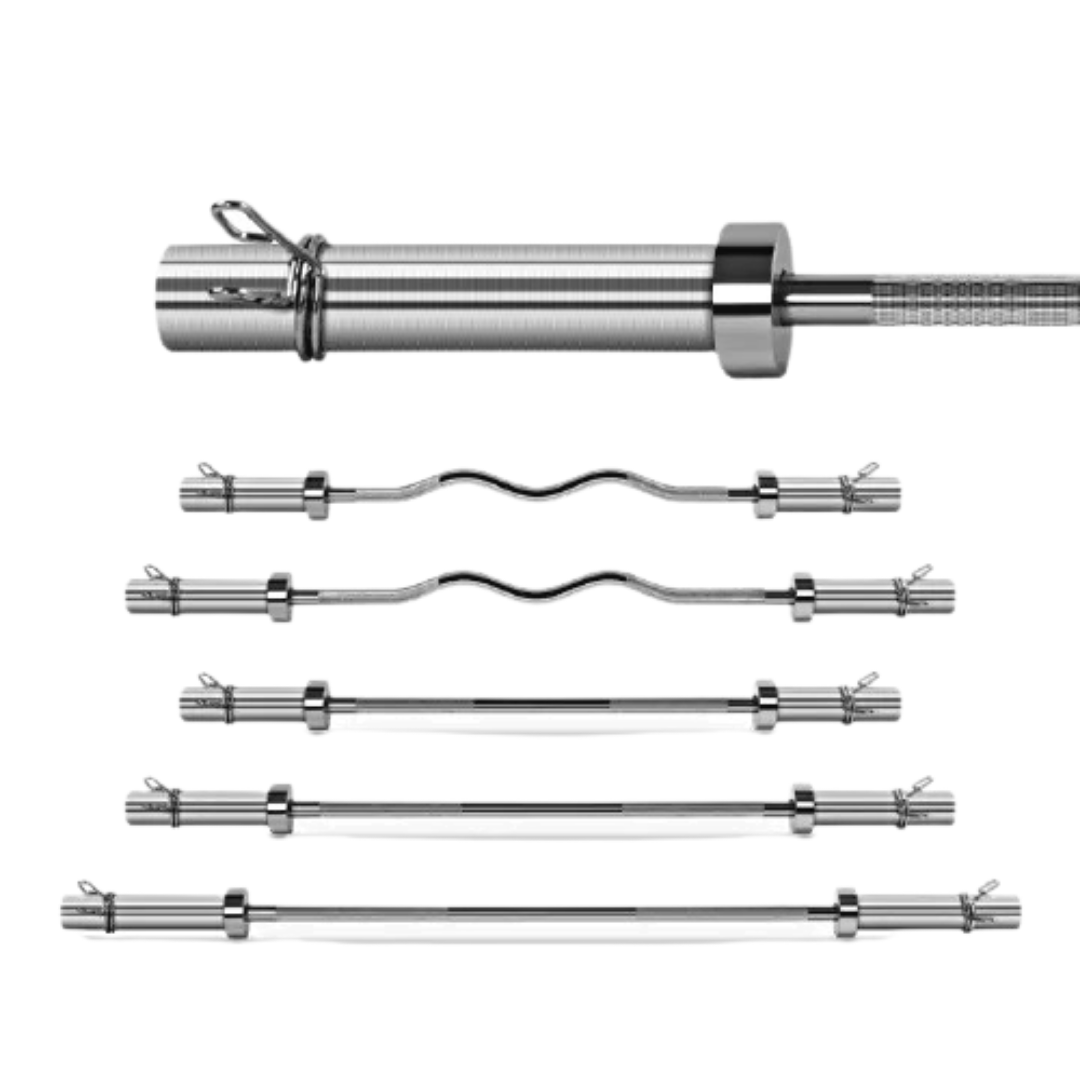 BARBELL BARS
BARBELL BARS
 RIGS & MACHINES
RIGS & MACHINES
 Smith Machines
Smith Machines
 Knee Up Chin Up And Pull Up Machines
Knee Up Chin Up And Pull Up Machines
 Home Gym Deals
Home Gym Deals
 Olympic Bumper Plates
Olympic Bumper Plates
 Olympic Bumper Weight Plates Stacks
Olympic Bumper Weight Plates Stacks
 Tri Grip Plates
Tri Grip Plates
 Tri Grip Cast Iron Weight Plates Stacks
Tri Grip Cast Iron Weight Plates Stacks
 Weight Plates Combo
Weight Plates Combo
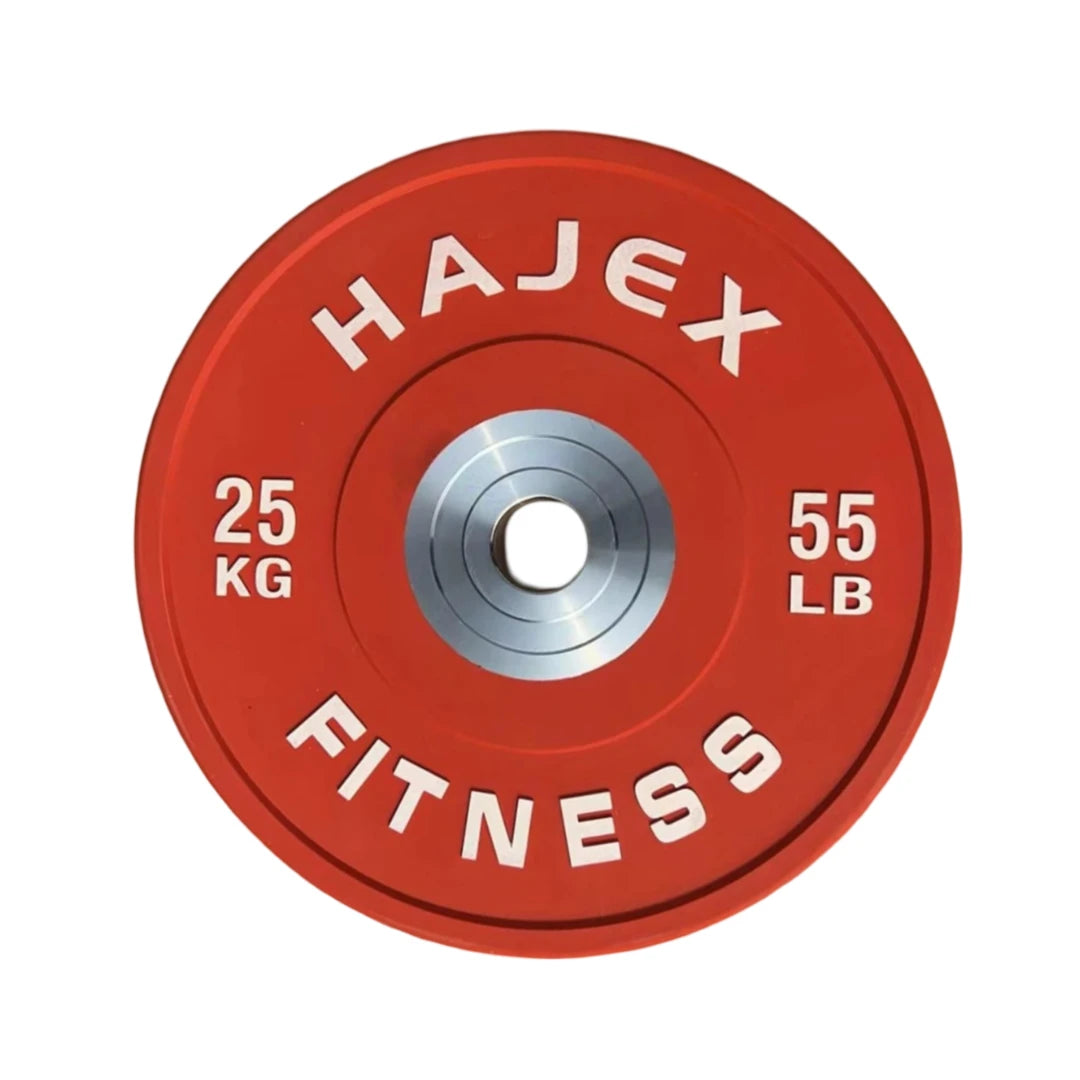 Olympic Steel Hub Bumper Plates
Olympic Steel Hub Bumper Plates
 Olympic Barbells 2"
Olympic Barbells 2"
 Standard Barbells 1"
Standard Barbells 1"
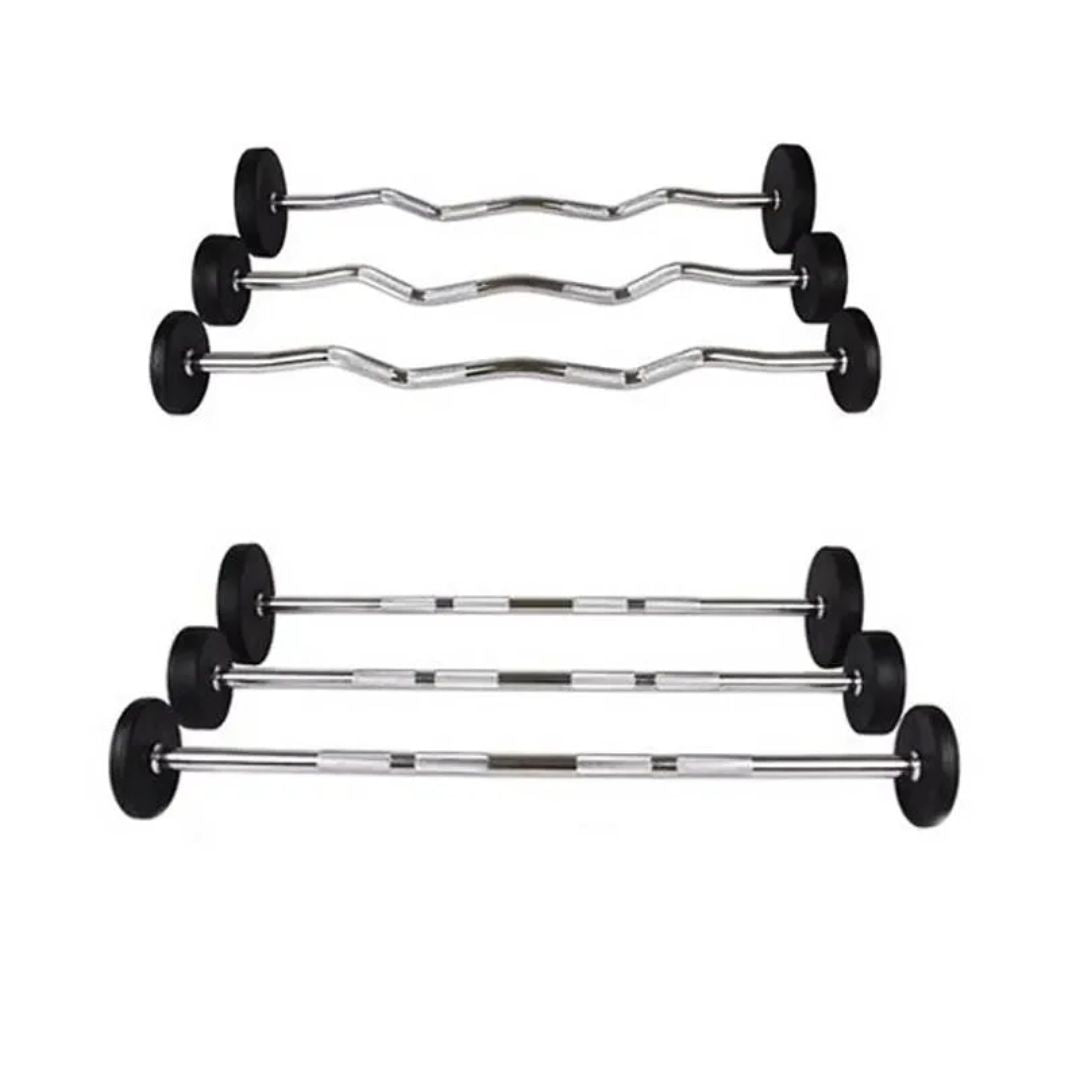 Fixed Weight Bars
Fixed Weight Bars
 PVC Dumbbells
PVC Dumbbells
 NUO Style Adjustable Dumbbells
NUO Style Adjustable Dumbbells
 Dumbbells Stacks
Dumbbells Stacks
 BENCHES
BENCHES
 Incline/Decline Workout Bench
Incline/Decline Workout Bench
 Benches with Pulley & Rack
Benches with Pulley & Rack
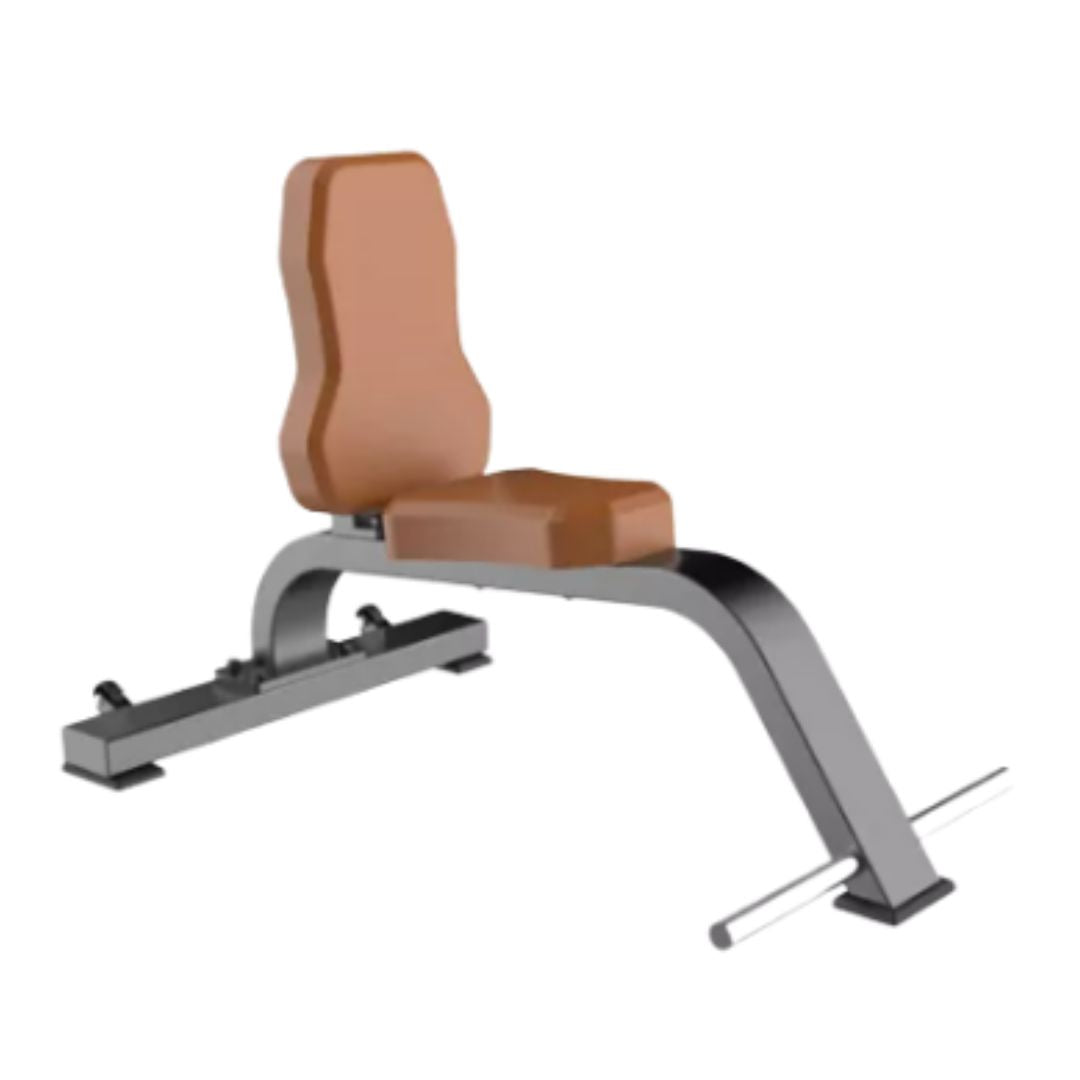 Multi-Purpose Workout Benches
Multi-Purpose Workout Benches
 Preacher Curl Benches
Preacher Curl Benches
 Olympic Benches
Olympic Benches
 Bench Press Stacks
Bench Press Stacks
 CARDIO
CARDIO
 Foldable Walking Pads
Foldable Walking Pads
 Exercise Bikes
Exercise Bikes
 STORAGE RACKS
STORAGE RACKS
 Dumbbell & Kettlebell Racks
Dumbbell & Kettlebell Racks
 Mini Dumbbell Racks
Mini Dumbbell Racks
 Adjusatble Dumbbell Stands
Adjusatble Dumbbell Stands
 Squat Racks
Squat Racks
 Power Racks
Power Racks
 Multi-Functional Trainer
Multi-Functional Trainer
 MORE
MORE
 Kettlebells
Kettlebells
 Adjustable Kettlebells - Single & Pair
Adjustable Kettlebells - Single & Pair
 Floor Mats
Floor Mats
 Yoga
Yoga
 Push Up
Push Up
 Resistance Bands
Resistance Bands
 Barbell Pads
Barbell Pads
 Dumbbell Handles
Dumbbell Handles
 Jump Ropes
Jump Ropes

































